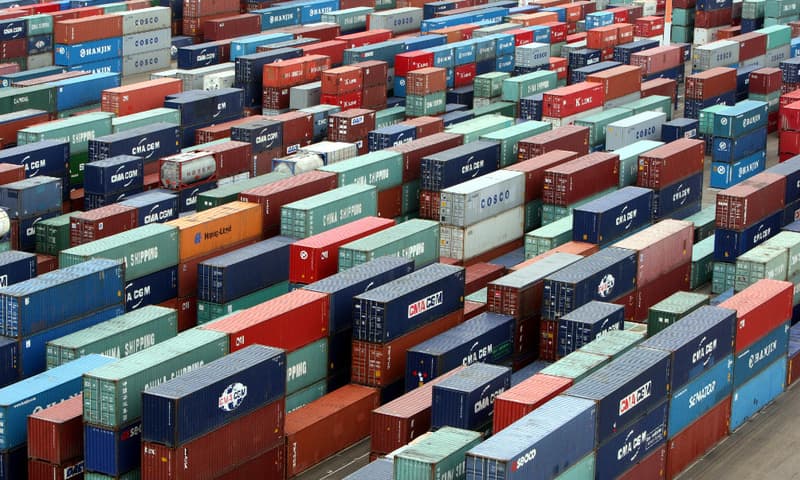Loading News Article...
We're loading the full news article for you. This includes the article content, images, author information, and related articles.
We're loading the full news article for you. This includes the article content, images, author information, and related articles.
Kenya's economy faces significant pressure as the current account deficit widened by 76.6% in the second quarter of 2025, driven by a sharp decline in exports and a rise in external debt. This trend could impact public debate and policy execution.

Kenya's balance of payments for the second quarter of 2025 reveals a concerning economic landscape, marked by a substantial widening of the current account deficit, a sharp decline in exports, and an increase in external debt. Data released by the Kenya National Bureau of Statistics (KNBS) indicates that while financial inflows and remittances provided some relief, they were insufficient to offset the broader economic pressures.
The current account deficit surged by 76.6% to Ksh83.7 billion in the second quarter of 2025, a significant increase from Ksh47.4 billion recorded during the same period in 2024. This expansion is primarily attributed to a wider merchandise trade deficit, which grew by 11.7% to Ksh348.4 billion.
Exports experienced a steep decline of 16.5%, falling from Ksh420.2 billion in the second quarter of 2024 to Ksh351.0 billion in the second quarter of 2025. Conversely, imports saw a smaller decrease of 4.5%, moving from Ksh732.0 billion to Ksh699.4 billion between April and June 2025.
The government's fiscal and monetary policies are likely to come under increased scrutiny following these economic indicators. Policymakers may need to consider measures to boost exports, manage external debt, and attract foreign direct investment to stabilize the balance of payments. The National Treasury, led by Cabinet Secretary Njuguna Ndung'u, is responsible for formulating and implementing economic policies that address such challenges.
Analysts suggest that these economic developments will likely influence near-term public debate and policy execution. Key stakeholders, including businesses, trade unions, and international financial institutions, are expected to urge for clarity on timelines, costs, and safeguards related to economic interventions. The private sector, particularly export-oriented industries, will be closely watching government responses to mitigate the impact of declining exports.
Source: Kenya National Bureau of Statistics (KNBS)
The widening current account deficit and declining exports pose several risks to the Kenyan economy. These include potential pressure on the Kenyan Shilling, increased cost of living due to higher import prices, and challenges in servicing external debt. A sustained decline in exports could also hinder job creation and overall economic growth. The government may face difficult choices in balancing fiscal consolidation with the need to stimulate economic activity.
The specific factors contributing to the sharp decline in exports are not fully detailed in the provided data. Further analysis is needed to determine whether this is due to global economic slowdowns, specific commodity price fluctuations, or domestic production challenges. The long-term impact of the increased external debt on Kenya's credit rating and borrowing capacity also remains to be fully assessed.
The data covers the second quarter of 2025, specifically from April to June. The KNBS report was published on October 5, 2025, at 8:23 PM EAT.
Observers will be closely monitoring the government's response to these economic trends, particularly any new policy announcements aimed at boosting exports and managing debt. The performance of key export sectors, such as agriculture and manufacturing, in the coming quarters will be crucial. Additionally, the trajectory of global commodity prices and international trade relations will play a significant role in shaping Kenya's economic outlook.
This report follows previous concerns raised by the International Monetary Fund (IMF) regarding Kenya's debt sustainability and the need for fiscal reforms. The East African Community (EAC) also continues to monitor trade balances among member states, with regional trade policies potentially impacting Kenya's export performance.